Over the years, handicrafts have proven to be a valuable opportunity for people in rural areas of Zambia to secure their finances and improve their quality of life, Xinhua reported.
With the growing demand for handicrafts from tourists , people in rural areas of Zambia are finding success in producing and selling a variety of handicrafts. Making handicrafts does not require a large initial investment, as raw materials such as clay and reeds are readily available. “I use reeds from the swamps and river banks near my house to make reed mats,” explains Mate Simataa, 30, who lives on the outskirts of Mongu, a district in western Zambia. Simataa has been making reed mats for about five years.
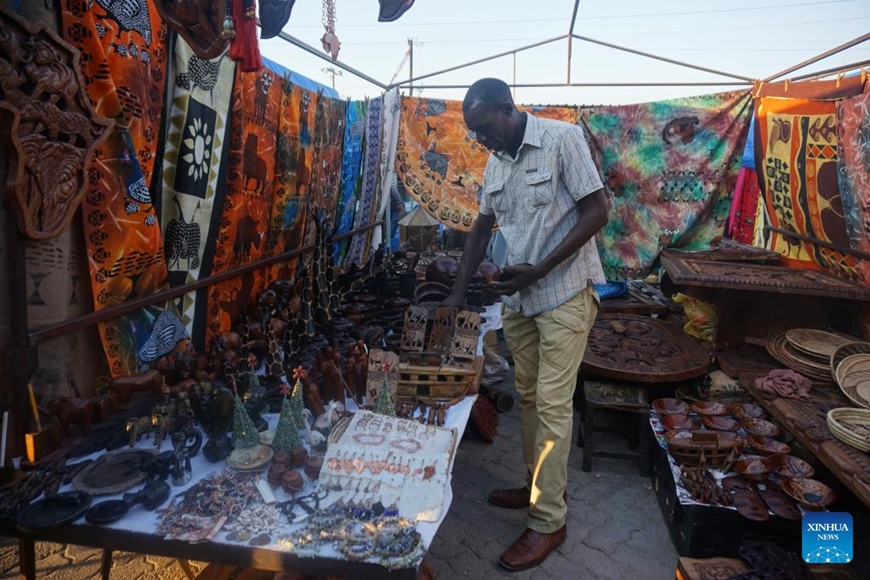 |
Customers look at handicrafts at a stall in the capital Lusaka, Zambia. Photo: Xinhua |
Simataa initially made and sold reed mats to supplement his income. After realizing that selling reed mats brought in a significant amount of income, he decided to focus on this business. Meanwhile, Bernard Banda, 31, said: “I have been making baskets and hats for more than 10 years. I find my job very interesting because it involves creating and selling things that speak volumes about the culture and traditions of the country.”
By selling handicrafts, people have been able to earn money without relying solely on agriculture , which is the main source of income for most people in rural Zambia. Kanyata Muyunda, a 44-year-old farmer in Mongu District, turned to handicrafts to make up for losses when floods washed away all his investment in rice production in the previous season. “I am trying to earn enough to provide for my children’s needs. I have made wooden stools to send them to school,” Muyunda told Xinhua.
In addition to showcasing the country's traditional cultural beauty, handicrafts are contributing to economic growth in poor and vulnerable rural areas in Zambia.
MR. NGUYEN
Source


![[Photo] The Prime Ministers of Vietnam and Thailand witnessed the signing ceremony of cooperation and exchange of documents.](https://vphoto.vietnam.vn/thumb/1200x675/vietnam/resource/IMAGE/2025/5/16/935407e225f640f9ac97b85d3359c1a5)

![[Photo] General Secretary To Lam receives Prime Minister of the Kingdom of Thailand Paetongtarn Shinawatra](https://vphoto.vietnam.vn/thumb/1200x675/vietnam/resource/IMAGE/2025/5/16/7f6a2a37f9324e61b3088c464cbc7b16)

![[Photo] President Luong Cuong receives Prime Minister of the Kingdom of Thailand Paetongtarn Shinawatra](https://vphoto.vietnam.vn/thumb/1200x675/vietnam/resource/IMAGE/2025/5/16/52c73b27198a4e12bd6a903d1c218846)

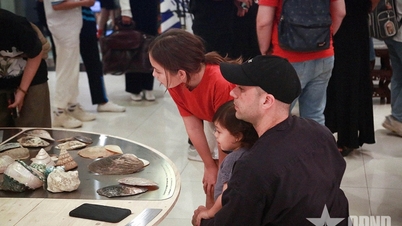



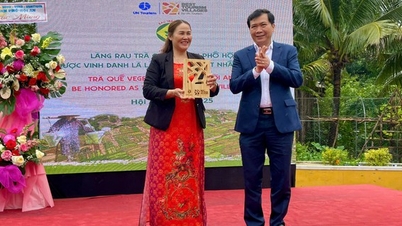






















![[Photo] Prime Minister Pham Minh Chinh and Prime Minister of the Kingdom of Thailand Paetongtarn Shinawatra attend the Vietnam-Thailand Business Forum 2025](https://vphoto.vietnam.vn/thumb/1200x675/vietnam/resource/IMAGE/2025/5/16/1cdfce54d25c48a68ae6fb9204f2171a)








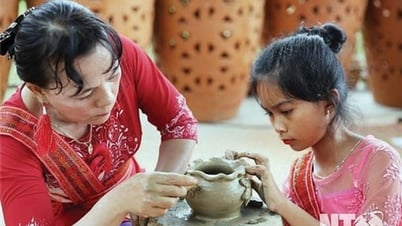





























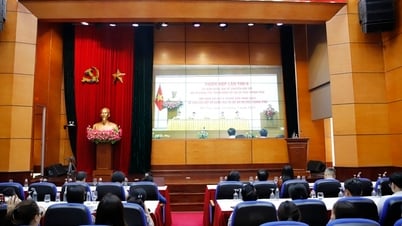









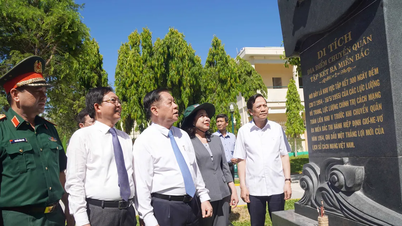














Comment (0)